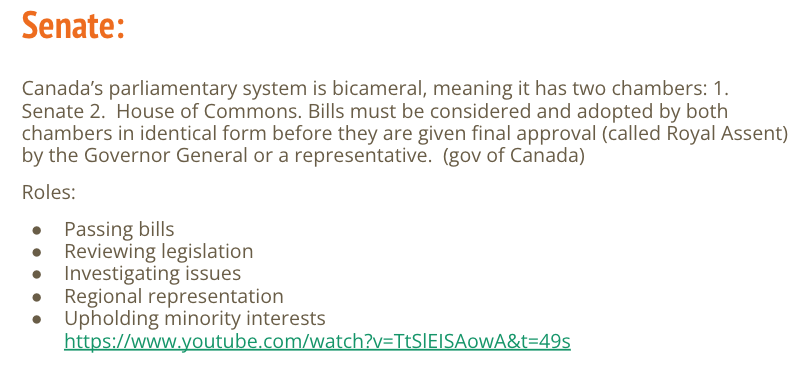This should be in full sentences.
1. Title Page
- Title of the Study: Include the name of the river and the focus of your study.
- Your Name: Your full name.
- Date: Date submitted
- Course: Geography 12.
2. Table of Contents
- List the main sections of your report with page numbers for easy navigation.
- Ensure to include the appendices
3. Introduction
- Background Information: Briefly describe the river (set the scene for your study), including its location, size, and any relevant historical or geographical context (Characteristics of a location that describe how it may be impacted by different events human, environmental etc...)
- Purpose of the Study: Explain the objectives of your field study (e.g. investigate the river’s ecosystem, analyze human impact, differences in the river from source to mouth etc...). What we were trying to understand.
- Research Questions: Outline specific questions you aim to answer, such as differences in the river from source/headwater to the mouth.
- Location: include where your study took place
4. Methodology
- Site Description: Describe the location(s) where you conducted your study (e.g., starting point, key features).
- Data Collection Methods: Explain how you collected data (e.g. measuring flow rate, observations of flora and fauna etc...).
- Tools and Equipment: List any equipment used
- Timeframe: Mention when the study took place.
- Use this order:
• Describe the materials and equipment used in the research.
• Explain how the data samples were gathered. Where these were gathered.
• Explain how the measurements were made and what calculations were performed upon the raw data.
• Describe the statistical techniques used upon the data. (accuracy, precision, bias…so you would briefly explain that precision and accuracy were at times difficult for the following reasons).
5. Data Presentation
- Tables and Graphs: Use visual aids to present quantitative data (e.g.flow measurements, depth etc...). show all your data and results (in a small table).
Show observations with sketches and info. - Maps: Include maps to show the study area and any relevant features.
- Photos: Incorporate photographs to provide visual context and evidence.
6. Analysis
- Data Interpretation: Analyze the data collected, discussing trends, patterns, and anomalies.
- Comparative Analysis: If applicable, compare findings with other studies or historical data.
7. Discussion
- Implications of Findings: Discuss the significance of your results. How do they relate to your research questions? What did you learn from your findings.
- Human Impact: Consider any human activities affecting the river (e.g., pollution, development) and their consequences.
- Ecosystem Insights: Reflect on the ecological health of the river and its surroundings.
8. Conclusion
- Summary of Findings: Recap the key points and findings from your study. What can you conclude from your study of the river (think of your purpose/aim).
9. References (if necessary)
- Citations: Include all sources referenced in your report, formatted according to the required citation style (APA). If needed.
10. Appendices
- Include any supplementary materials, such as raw data (data collection sheets), additional maps, or detailed photographs.
Tips for Writing
- Be Clear and Concise: Use straightforward language
- Organize Logically: Ensure each section flows logically to the next.
- Proofread: Check for grammatical errors and ensure clarity.
elevation of river at (mouth or where joins Columbia) Revelstoke 480m
elev. at camp ground bridge 1245m
elev. at meeting of the waters bridge 1270m
elev. at source of glacier 2040m
Distance/length of river 62km.
To calculate velocity:
divide distance by time.
v=d/t














